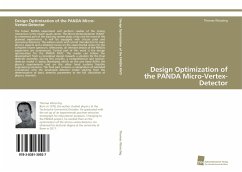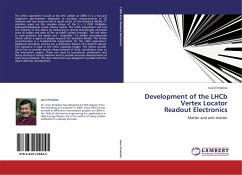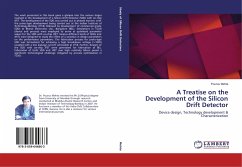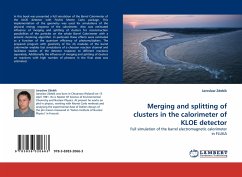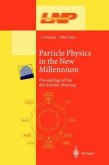The future PANDA experiment will perform studies of the strong interaction in the charm quark sector. The Micro-Vertex-Detector (MVD) as innermost part of the tracking system plays a key role for most of the planned experiments. It will be equipped with silicon pixel and microstrip detectors. The edition starts with a brief introduction to main physics aspects and a detailed review on the experimental status for the complete charm spectrum. Afterwards, all relevant details of the PANDA experiment are summarized. Central part of this work is the design optimization for the PANDA MVD. The reader can follow the development from a conceptual design towards a solution for the final detector assembly. During this process, a comprehensive and realistic detector model is being developed, which on the one hand fulfils the physics requirements and on the other hand sustains feasible engineering solutions. The final part contains a compilation of extended simulations with the developed detector model starting from the determination of basic detector parameters to the full simulation of physics channels.
Hinweis: Dieser Artikel kann nur an eine deutsche Lieferadresse ausgeliefert werden.
Hinweis: Dieser Artikel kann nur an eine deutsche Lieferadresse ausgeliefert werden.

